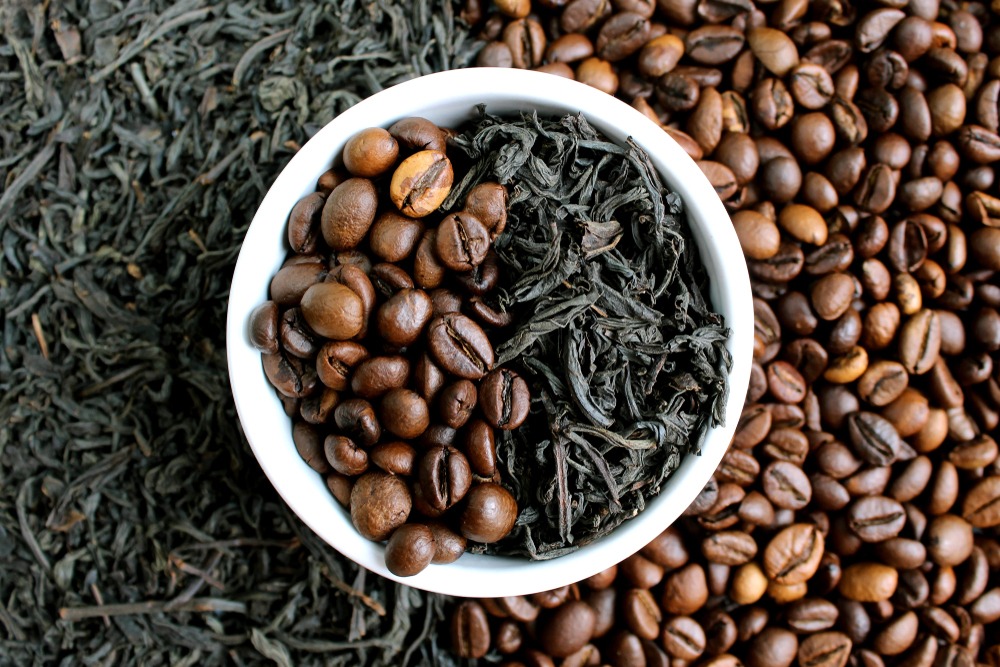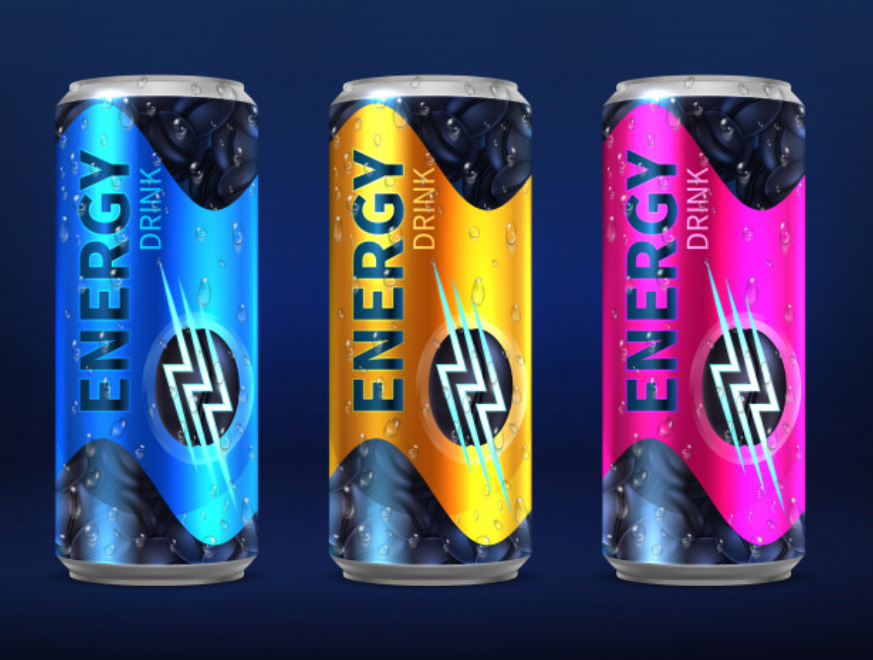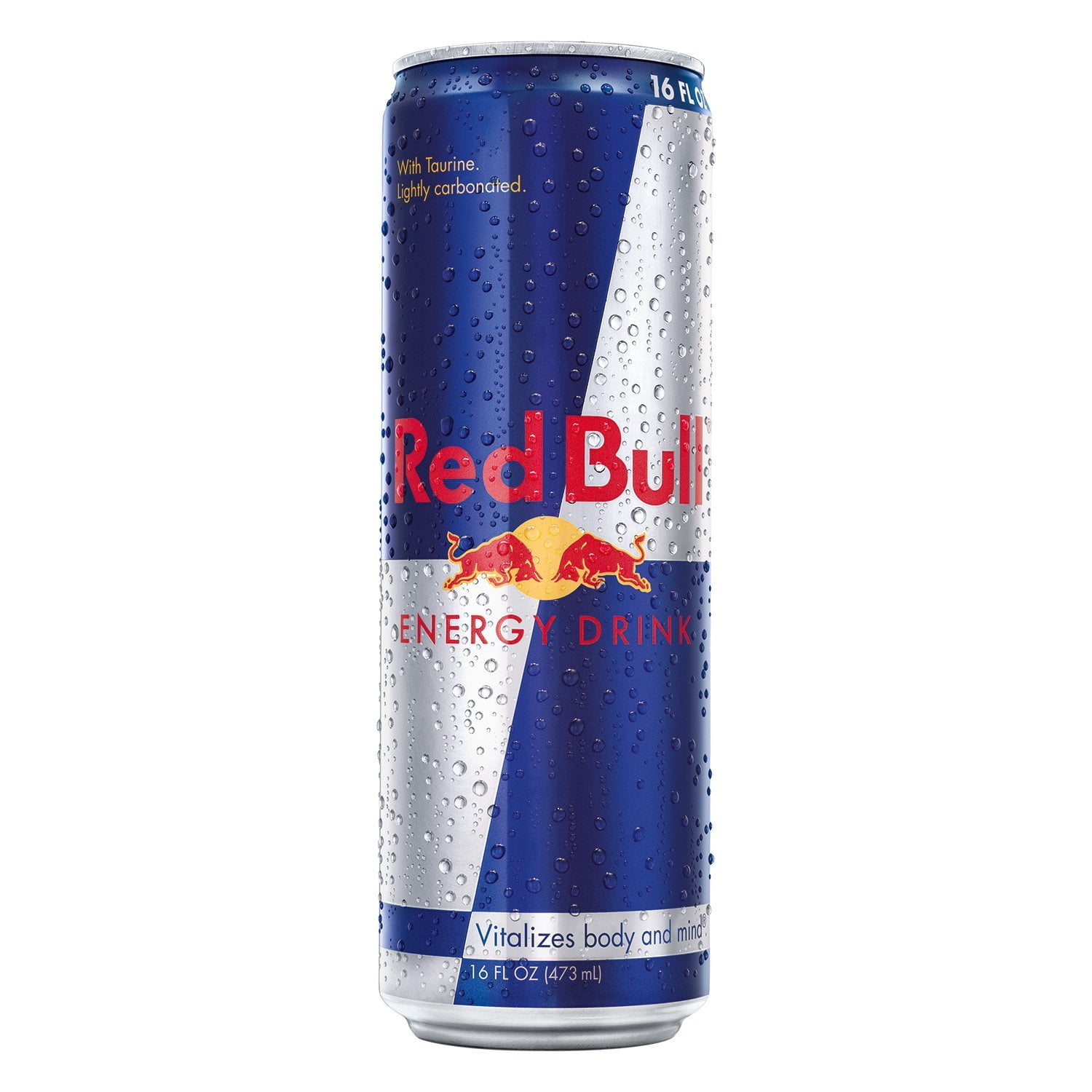

However, caffeine is also sufficiently lipophilic to pass through all biological membranes and readily crosses the blood-brain barrier. The distribution volume within the body is 0.7 L/kg, a value suggesting that it is hydrophilic and distributes freely into the intracellular tissue water (Arnaud, 1987, 1993). Caffeine binds reversibly to plasma proteins, and protein-bound caffeine accounts for about 10 to 30 percent of the total plasma pool. Once caffeine is absorbed, there appears to be no hepatic first-pass effect (i.e., the liver does not appear to remove caffeine as it passes from the gut to the general circulation), as evidenced by the similarity in plasma concentration curves that follow its administration by either the oral or the intravenous route (Arnaud, 1993). This wide variation in time may be due to variation in gastric emptying time and the presence of other dietary constituents, such as fiber (Arnaud, 1987). Peak plasma concentrations occur between 15 and 120 minutes after oral ingestion. More rapid absorption can be achieved by chewing caffeine-containing gum or other preparations that allow absorption through the oral mucosa. When it is consumed in beverages (most commonly coffee, tea, or soft drinks) caffeine is absorbed rapidly from the gastrointestinal tract and distributed throughout body water. These effects include mild CNS stimulation and wakefulness, ability to sustain intellectual activity, and decreased reaction times.Ĭaffeine is rapidly and completely absorbed in humans, with 99 percent being absorbed within 45 minutes of ingestion (Bonati et al., 1982 Liguori et al., 1997). The pharmacological effects of caffeine are similar to those of other methylxanthines (including those found in various teas and chocolates). This wide range in the plasma mean half-life of caffeine is due to both innate individual variation, and a variety of physiological and environmental characteristics that influence caffeine metabolism (e.g., pregnancy, obesity, use of oral contraceptives, smoking, altitude). However, caffeine's elimination half-life may range between 1.5 and 9.5 hours, while the total plasma clearance rate for caffeine is estimated to be 0.078 L/h/kg (Brachtel and Richter, 1992 Busto et al., 1989). The mean half-life of caffeine in plasma of healthy individuals is about 5 hours.


Structurally, caffeine (and the other methylxanthines) resembles the purines. In pure form, it is a bitter white powder. This chapter provides a brief summary of the metabolism and physiological effects of caffeineĬaffeine (1,3,7-trimethylxanthine) is a plant alkaloid with a chemical structure of C 8H 10N 4O 2 (see Figure 2–1) and a molecular weight of 194.19. It has numerous pharmacological and physiological effects, including cardiovascular, respiratory, renal, and smooth muscle effects, as well as effects on mood, memory, alertness, and physical and cognitive performance. The table featured below also includes the caloric content and sugar content of each available product.As stated in Chapter 1, caffeine is the most widely used central nervous system (CNS) stimulant in the world. This list does include both the current Summer and Winter Editions. While Red Bull’s available flavor Editions change frequently, introducing new flavors into the mix, we have broken down the Editions that are currently available on the market and some of the most popular ones that have been discontinued. A Quick Break Down of the Current Red Bull Editions Depending on the season, there will either be a Summer Edition or Winter Edition on the market. There are currently 10 types of Red Bull beverages on the market including the original Red Bull, Red Bull Sugarfree, Red Bull Zero Sugar, and six editions of varying flavors. Over time, certain flavors have been discontinued and editions have been changed. The first three editions were the cranberry-flavored Red Edition, the blueberry-flavored Blue Edition, and the lime-flavored Silver Edition.

The company first launched flavor editions in March of 2013.


 0 kommentar(er)
0 kommentar(er)
